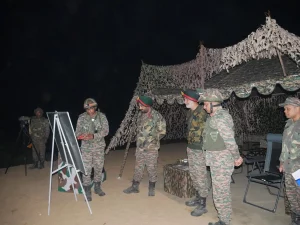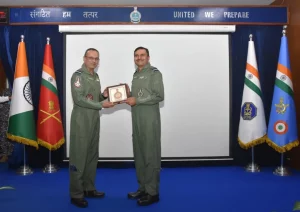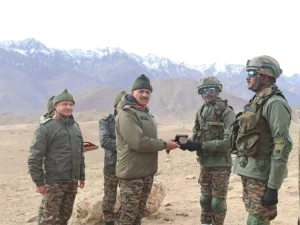In a world where modern warfare is driven as much by algorithms as by arms, India has unveiled a silent yet powerful game-changer—Akashteer, a fully indigenous, automated Air Defence Control and Reporting System. It doesn’t roar like a fighter jet nor blaze like a missile—it listens, calculates, and strikes with precision.
Akashteer: India’s Invisible Shield
Akashteer: The Core of India’s Air Defence Strategy
Developed under the Atmanirbhar Bharat initiative, Akashteer is the cutting edge of India’s air defence arsenal. It is designed to detect, track, and engage hostile aerial threats—aircraft, drones, and missiles—in real time using automated systems, reducing human error and response delay. Unlike traditional air defence setups, Akashteer forms a seamlessly integrated combat architecture combining:
- Tactical Control Radar (REPORTER)
- 3D Tactical Control Radars
- Low-Level Lightweight Radar (LLLR)
- Radars from the Akash Weapon System
It is vehicle-based, offering mobility and rapid deployment in contested airspaces. By providing a common real-time air picture, it enables coordinated actions between control rooms, radar units, and ground-based weapon systems—minimizing the risk of friendly fire and maximizing effectiveness.

India’s Response to Asymmetric Threats
During the May attack, Pakistan relied on imported HQ-9 and HQ-16 air defence systems which failed to detect or respond to Indian strikes effectively. In contrast, Akashteer’s intelligent warfare capability ensured complete neutralization of every incoming missile and drone. This underscores a fundamental shift in India’s defence posture—from passive defence to proactive retaliation.
Akashteer is part of a broader C4ISR (Command, Control, Communications, Computers, Intelligence, Surveillance and Reconnaissance) ecosystem that connects India’s three services—Army, Navy, and Air Force—into a unified, synchronized operational force.
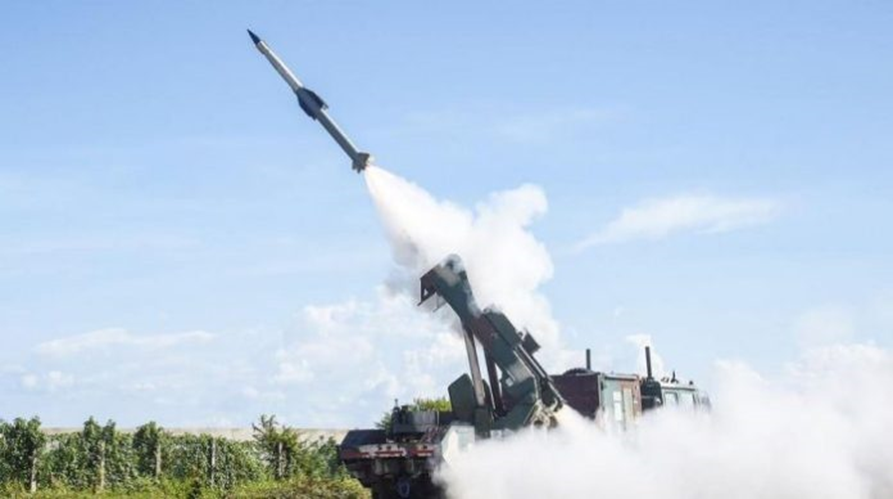

India’s Unified Air Defence Network
Akashteer seamlessly integrates with:
- IACCS (Integrated Air Command and Control System) of the Indian Air Force
- TRIGUN of the Indian Navy
This interoperability gives India a comprehensive and real-time view of aerial threats, allowing all three services to coordinate precise offensive and defensive operations. With better situational awareness, the likelihood of collateral damage is vastly reduced, making Akashteer not just a system, but a strategic asset.
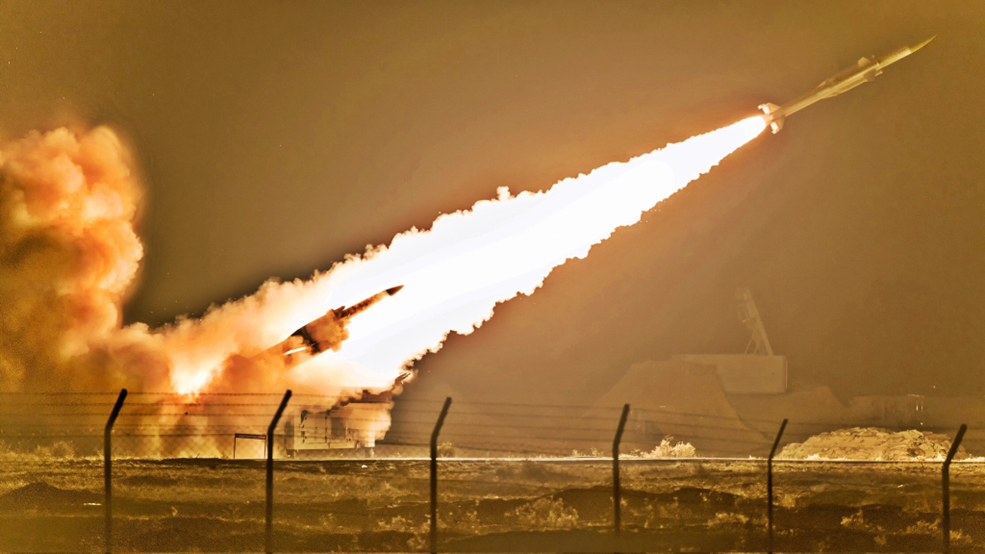
A Testament to Atmanirbhar Bharat
Akashteer is emblematic of India’s larger ambition of defence self-reliance. Alongside other indigenous systems like:
- Dhanush and ATAGS artillery gun systems
- Arjun MBT, LCA Tejas, ALH, and LUH
- Weapon Locating Radars, SDRs, and 3D Tactical Control Radars
- Naval platforms like destroyers, frigates, aircraft carriers, submarines, and patrol vessels
India is laying the foundation for a robust, home-grown military-industrial ecosystem.
Key Milestones in Indigenous Defence Growth:
- Target of ₹3 lakh crore in defence production by 2029
- Private sector contributes 21% to overall defence production
- 16 Defence Public Sector Undertakings (DPSUs), 430+ licensed firms, and ~16,000 MSMEs involved
- 65% of defence equipment is now manufactured domestically—up from a 65–70% import dependency
A Global Benchmark in Defence Innovation
Defence analysts globally are calling Akashteer a “seismic shift in warfare strategy.” It places India among the few nations with a fully automated Air Defence Command and Control System. Akashteer sees faster, decides faster, and strikes faster than many contemporary systems.
More than a mere technological tool, Akashteer represents India’s decisive move towards self-reliance in the face of hybrid threats, asymmetric warfare, and cross-border terrorism.
Conclusion: A Message to the World
Akashteer is not just India’s invisible shield—it is a loud declaration of capability. Its success during Operation SINDOOR isn’t just a defence victory, but a testament to India’s indigenous ingenuity. In a global environment rife with evolving threats, Akashteer sends a clear message: India will defend its skies—not with borrowed tools, but with the strength of its own innovation.















